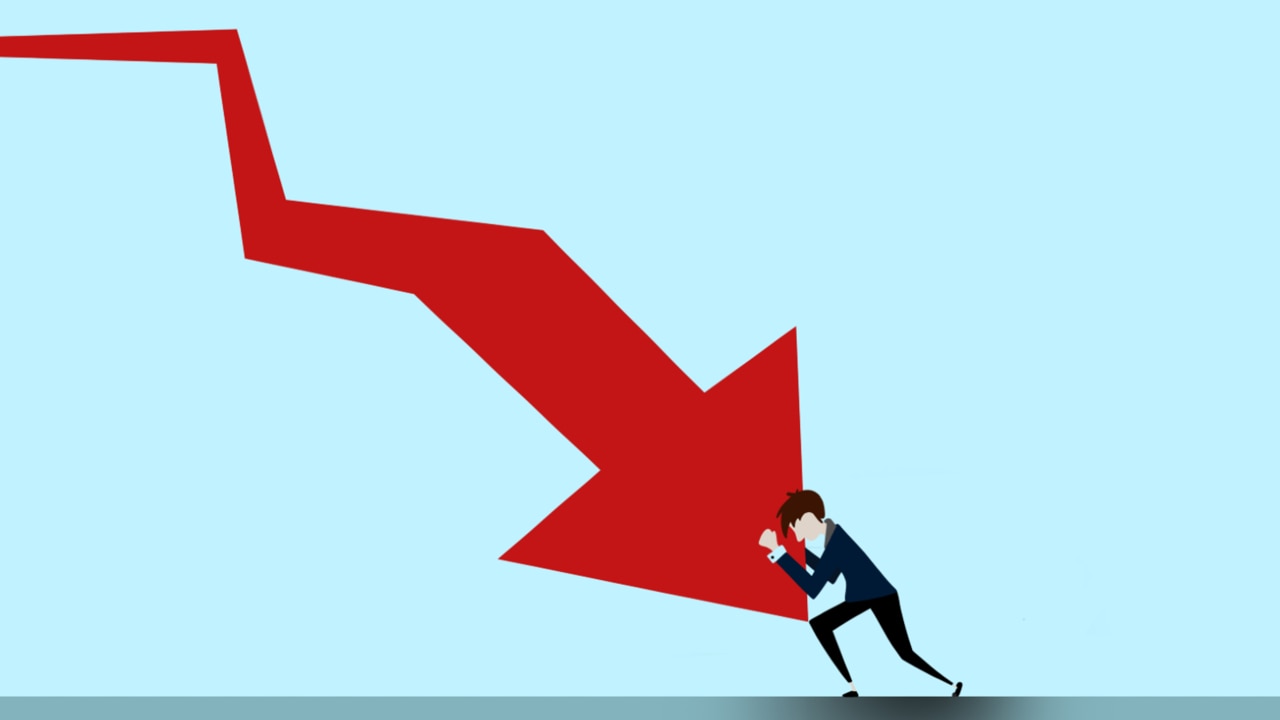Surprising age group that can’t stop spending
GDP is often the measurement to show Australia’s wealth. But that’s only half a story – and the other half shows which age group is struggling.

For almost 60 years Australia has had the label ‘The Lucky Country’ attached to its fortunes. And for the vast majority of that period it has been largely representative of Australia’s economic outcomes, from the headline figures all the way down to the average household. But in the years since the global financial crisis, that luck may have extended to the nation’s headline GDP figure, but increasingly not so much to the average household.
When the national accounts are reported in the media, the figures citied are generally of headline GDP, which is a metric intended to cover all economic activity. So, if Australia were to export more liquefied natural gas (LNG) or grow the number of consumers, these factors would help to drive an increase in the rate of headline economic growth and GDP growth per capita.
But what this doesn’t tell you is how households are faring in aggregate. Perhaps the most accessible indicator for inflation adjusted household outcomes is real household consumption per capita. It is quite literally the total spending of all households in aggregate divided by the total population.

While real household consumption doesn’t begin to cover the divergent outcomes between different households that we’ll get to later in this piece, it does at least give a very rough idea of which way the wind is blowing and how strongly.
In order to put the performance of this aspect of the household economy into perspective, it will be compared with various other prior eras since just before the turn of the millennium. They are:
The Millenium Boom – June 1999 to December 2007
GFC Weakness – January 2008 to June 2009
GFC Recovery – September 2009 to June 2012
Post GFC slow grind – June 2012 to December 2016
Standing Still – March 2017 to December 2019
Pandemic – January 2020 to June 2023
During the period between June 1999 and December 2007, inflation adjusted household consumption per capita rose by an average annual rate of 3.35 per cent.
The next strongest performance was during the mining boom, when it rose by 1.62 per cent each year.
Since then, things have continued to deteriorate, with growth of 0.7 per cent on offer between June 2012 and December 2016 and just 0.26 per cent between March 2017 and December 2019.
Between the time the pandemic arrived on Australia’s shores and the end of the September quarter of last year, the annualised growth rate of inflation adjusted household spending has been 0.59 per cent, the highest level since the days of the mining boom. This is perhaps unsurprising given that state and federal governments committed to well over half a trillion dollars’ worth of stimulus programs during the pandemic, which helped to fire up consumer consumption.
But since then inflation adjusted household consumption per capita has fallen by 1.11 per cent, the largest decline since the global financial crisis.
Demographic breakdown
As one might imagine, not all households have fared equally in the years since the global financial crisis brought the broadbased gains in household consumption to an end.
In 2020, the RBA released a paper which broke down per household consumption growth from 2003-04 to 2017-18 by age demographic of a household’s reference person. It found that in 2018, households with a reference person aged 25-34 consumed less goods and services than a household in this age group did in 2007.
For households with a reference person aged 15-24, they consumed a broadly similar amount of goods and services in 2018 as they did in 2009.
Despite the 35 to 44 age demographic experiencing the highest level of wage growth during the period covered by the RBA’s analysis, the performance of its consumption growth in the years following the global financial crisis was relatively anaemic compared with its older compatriots.
Meanwhile, the 45 to 54, 55 to 64 and 65 or over age demographics saw increasingly large levels of consumption growth in that order.
Deteriorating household outcomes
The latest national accounts data on household income per capita tells a similarly concerning tale. Once adjusted for inflation it currently sits at a slightly lower level than where it was in December 2010, almost 13 years ago.
Given the trend in metric seen in the eight years prior to the pandemic, this is perhaps unsurprising. Despite decent headline GDP growth, real household disposable income per capita went pretty much no where between Q4 2011 and Q4 2019.
The latest snapshot
The latest household spending data broken by age demographic on a per person basis from the Commonwealth Bank tells a similar tale.
Despite the 18 to 49 and 25 to 54 age demographics being historically seen by advertisers as the most sought after due to their high levels of consumption, in more recent years it has been the 55 and over age demographics doing the heavy lifting when it comes to consumption growth.
It is worth noting that the CBA data doesn’t adjust for inflation, so all age demographics have seen their spending decline in real terms over the last 12 months.
Ultimately, even when looking at per capita figures which are based on national aggregates, the picture is not one of a robust economy that is working for Australian households. Once one starts to look at individual demographics, the snapshot becomes even less appealing.
It’s easy for policymakers to point to headline GDP figures or wages growth in nominal terms, but that doesn’t tell the full tale, in which outcomes for all households across the board are not on the up and haven’t been without the aid of government stimulus programs for quite some time.
Tarric Brooker is a freelance journalist and social commentator | @AvidCommentator






